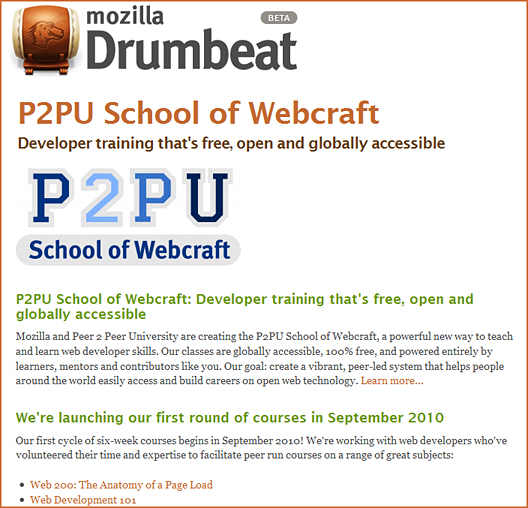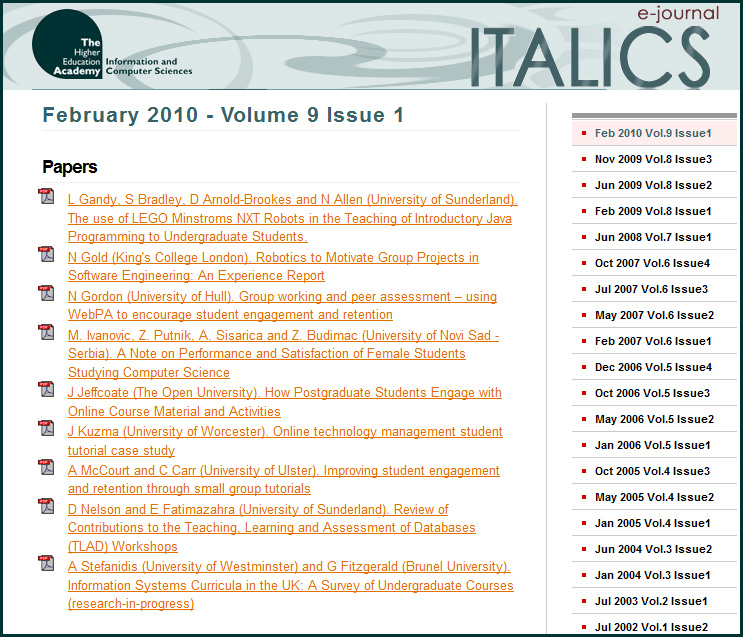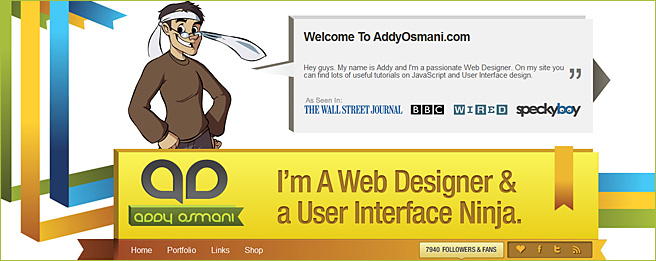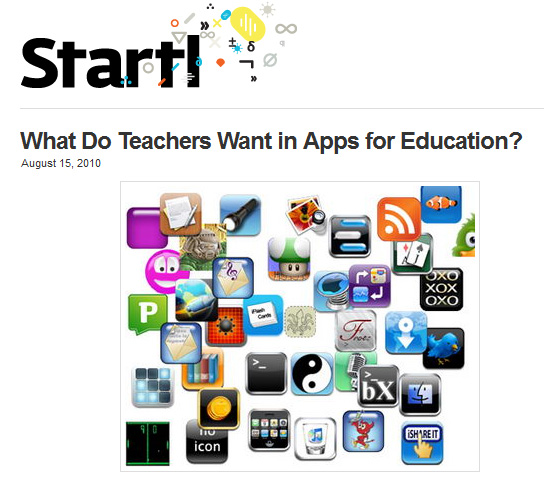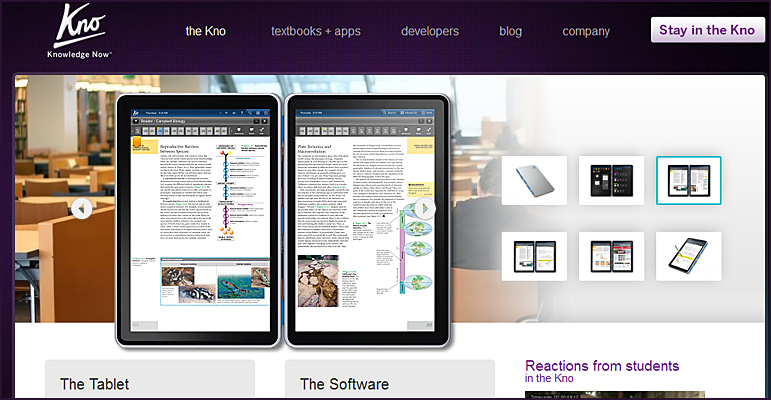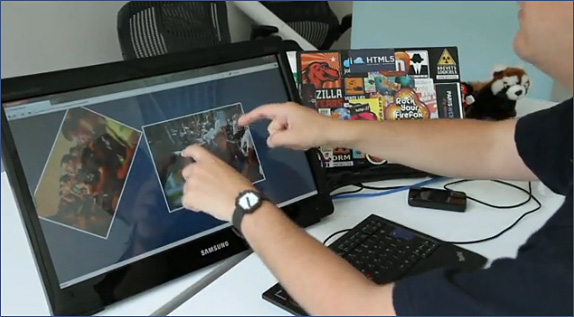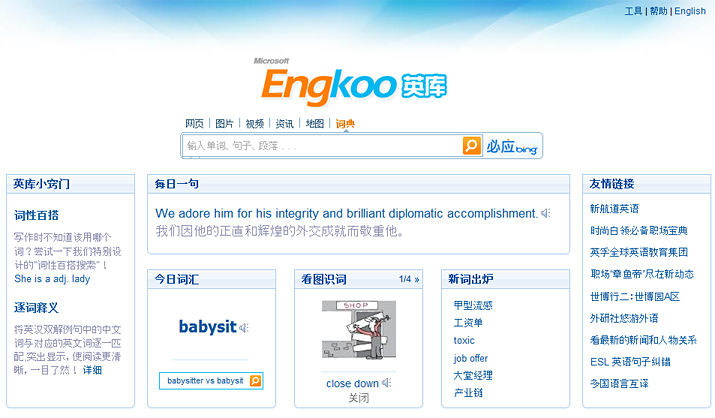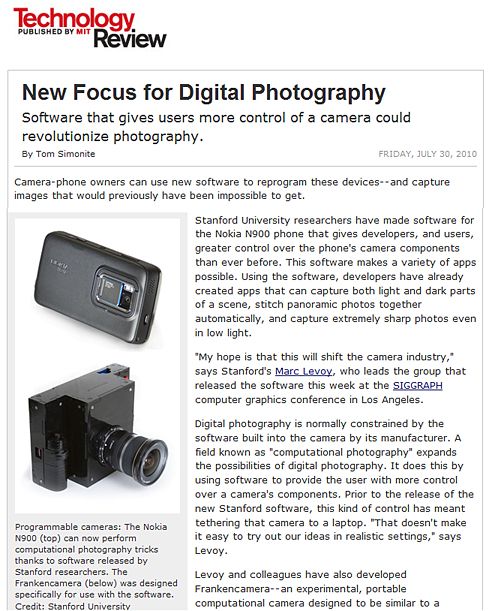Hottest jobs and skills in cloud, mobile app development — from pcworld.com by Meridith Levinson, CIO
Want to lock in some job security in IT over the next five years? Then make sure you’re poised to move into cloud computing or mobile application development. That’s where the IT jobs are expected to be, according to 2,000 IT professionals recently surveyed by IBM.
IBM’s annual global Tech Trends survey identified cloud computing and mobile application development as the hottest tech trends and most sought-after IT skills for the next five years. An overwhelming majority of survey respondents (91 percent) expect cloud computing to overtake on-premise computing as the primary IT delivery model by 2015. More than half (55 percent) of survey respondents believe that in the same amount of time, the need to develop applications for mobile devices (such as Android, iPhone, iPad and PlayBook) will far surpass the need to develop software for traditional PCs and servers. These trends will impact IT jobs and the skills needed to do them.










